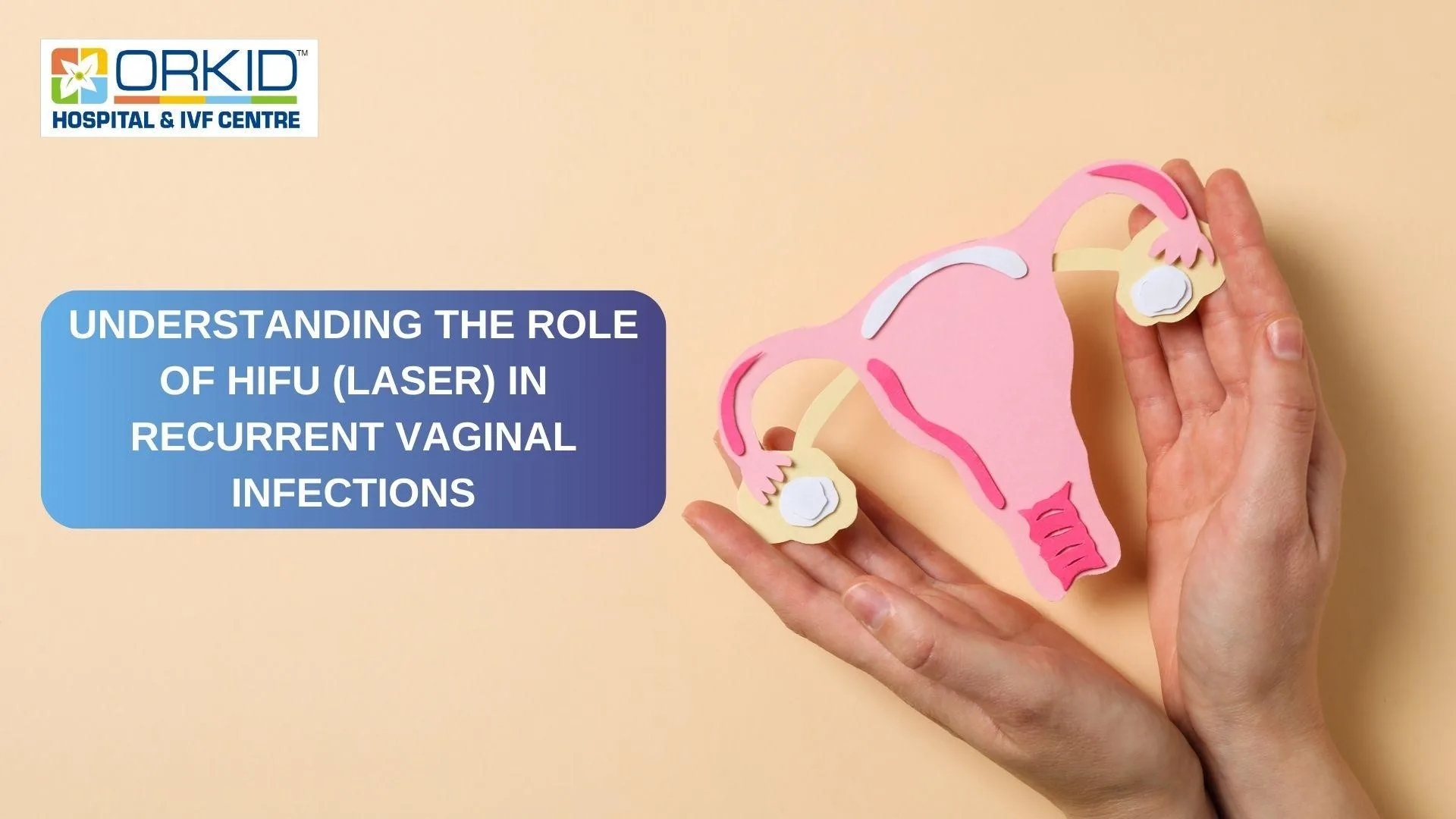Increase Your Fertility with Most Advanced Technology
➡️Treatment to help a person conceive naturally will depend on many factors, including the age of the person who wishes to conceive, how long infertility has lasted, personal preferences, and their general state of health.
Frequency of intercourse
• The first strategy a couple trying to conceive may wish to try is having sexual intercourse more often around the time of ovulation.
• Typically the menstrual cycle lasts for about28–32 days. Counting from the first day of the last period, a female will usually ovulate anywhere between day 11 and day 21.
• Any person whose cycle is shorter than 21 days or longer than 35 days should see their doctor for an evaluation.
Treatments will depend on the underlying cause of infertility.
⁃ In males, this can include medications for erectile dysfunction. Surgery may include a procedure to remove a varicose vein in the scrotum or repair a blocked epididymis.
⁃ In females, doctors can prescribe fertility drugs to regulate or induce ovulation. These can include clomiphene (Clomid, Serophene), letrozole (Femara), dopamine agonist medications, and a variety of hormonal drugs.
⁃ If the fallopian tubes are blocked or scarred, surgical repair may make it easier for eggs to pass through. A person may also be advised to undergo IVF. We may also treat endometriosis with laparoscopic surgery. They make a small incision in the abdomen and insert a thin, flexible microscope with a light at the end, called a laparoscope. The surgeon can then remove implants and scar tissue, which may reduce pain and aid fertility.
The following methods are currently available for assisted or artificial conception:
• Intrauterine insemination (IUI): At the time of ovulation, a doctor inserts a fine catheter through the cervix into the uterus to place a sperm sample directly into the uterus.
• In vitro fertilization (IVF): Doctors place the sperm with unfertilized eggs in a petri dish, where fertilization can take place. They then place the embryo in the uterus to begin a pregnancy. IVF techniques can include intracytoplasmic sperm injection (ICSI) and assisted hatching.
• Sperm or egg donation: If necessary, a person can use egg or sperm donation. Fertility treatment with donor eggs can be done using IVF.
• Electric or vibratory stimulation to achieve ejaculation: It may be possible to help a person achieve ejaculation with electric or vibratory stimulation. This can help a male who cannot ejaculate normally, for example because of a spinal cord injury.
• Surgical sperm aspiration: The sperm is removedTrusted Source from a part of the male reproductive tract such as the vas deferens, testicle, or epididymis. Doctors will use IVF to fertilize the egg or freeze the sperm for later use.
➡️The doctor will ask about medical history, medications, and sexual habits and perform a physical examination.
➡️If a test shows an abnormality, the doctor may recommend an examination of the testicles for lumps or deformities and an exam of the shape and structure of the penis.
In addition, the doctor may order following tests:
⁃ • Semen analysis: A sample may be taken to test for sperm concentration, motility, color, and quality, as well as the presence of blood or infection. Sperm counts can fluctuate, so several samples may be necessary.
⁃ • Blood test: The lab will test for levels of testosterone and other hormones.
⁃ • Ultrasound: This may reveal issues such as ejaculatory duct obstruction or retrograde ejaculation.
⁃ • Chlamydia test: Chlamydia can affect fertility, but antibiotics can treat it. However, antibiotics cannot cureTrusted Source any existing damage to fertility.
Infertility tests for females
A female will undergo a general physical examination, and the doctor will ask about medical history, medications, menstruation cycle, and sexual habits.
➡️They will also undergo a gynecologic examination and a number of tests:
• Blood test: This can assess hormone levels and whether a female is ovulating.
• Hysterosalpingography: A technician injects fluid into the uterus and takes X-rays to determine whether the fluid travels properly out of the uterus and into the fallopian tubes. If a blockage is present, surgery may be necessary.
• Laparoscopy: A thin, flexible tube with a camera at the end is inserted into the abdomen and pelvis, allowing a doctor to look at the fallopian tubes, uterus, and ovaries. This can reveal signs of endometriosis, scarring, blockages, and some irregularities in the uterus and fallopian tubes.
Other tests can include:
• ovarian reserve testing to count the eggs after ovulation
• pelvic ultrasound to produce an image of the uterus and ovaries
• thyroid function test, as this may affect the hormonal balance











